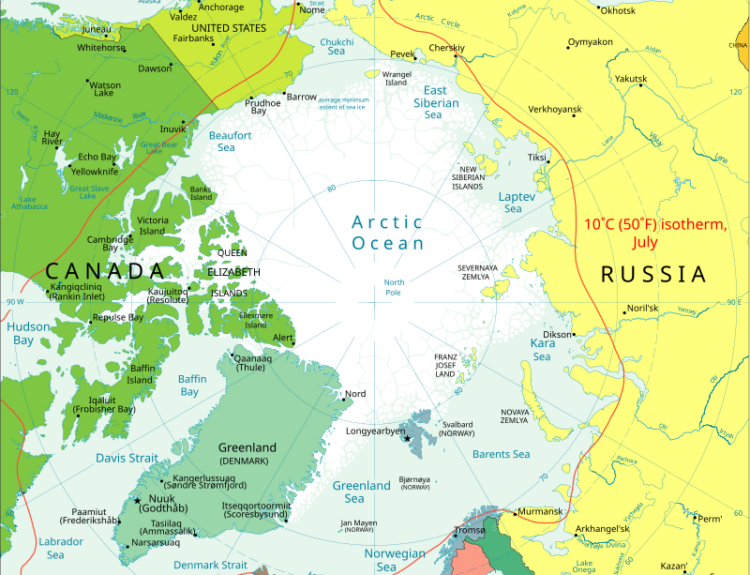Exploring how catastrophic events can lead to the evolution of resilient life forms.
- Earth has experienced numerous mass extinctions, each wiping out over 75% of species.
- Mass extinctions can be caused by both natural and biological processes.
- Despite these setbacks, life on Earth has become increasingly complex over time.
- A new study suggests that environmental stress can lead to greater biodiversity and resilience.
- The Gaian perspective views life as a co-regulator of Earth’s conditions.
- Historical events like the Great Oxidation Event show how stress can lead to evolutionary advancements.
- Periods of upheaval may pave the way for more complex life forms.
- Human activities are currently imposing stress on Earth’s biosphere, risking biodiversity.
- The search for alien life may benefit from looking at planets that experience environmental stress.
- Complex life may thrive in environments that require adaptation and resilience.
Throughout its 4.5 billion-year history, Earth has faced numerous mass extinctions that have wiped out over three-quarters of its species, significantly reducing biodiversity. These extinctions can be triggered by both natural events, like volcanic eruptions and asteroid impacts, as well as biological changes that alter the planet’s atmosphere. Interestingly, life often rebounds after these events, trending towards greater complexity and ecological organization over time. A recent study published on arXiv argues that while mass extinctions pose existential threats, they also create opportunities for evolutionary exploration, leading to increased biodiversity and stability among surviving species. According to Arwen Nicholson, a planetary scientist at the University of Exeter and co-author of the study, these events can be viewed as either catastrophic or beneficial, depending on one’s perspective. The authors adopt a ‘Gaian’ perspective, suggesting that life interacts with and modifies nonliving processes on Earth to maintain conditions favorable for life. This relationship is akin to how our bodies regulate essential physiological variables. However, life doesn’t always create beneficial conditions. For instance, the Great Oxidation Event, caused by photosynthetic cyanobacteria, drastically altered Earth’s surface chemistry, leading to the extinction of many anaerobic species. Yet, this event also paved the way for the evolution of more complex life forms by increasing oxygen levels, which allowed for aerobic respiration. Life has shown resilience even after extreme events, such as mass glaciation, which preceded the Cambrian explosion of diverse organisms. The study raises the question of whether periods of stress contribute to life’s complexity. Nicholson notes that even if populations decline during extinctions, the remaining life retains evolutionary innovations that can lead to greater diversity when conditions improve. While human activities are currently stressing Earth’s biosphere, leading to biodiversity loss, the study suggests that such stress might ultimately foster resilience in the long run. This has implications for the search for alien life; planets that experience environmental stress may be more likely to host complex life forms, as they provide opportunities for adaptation and evolution. In conclusion, the delicate balance between stress and stability has allowed life to thrive in diverse ecological niches, suggesting that to find complex life elsewhere, we should look for environments that challenge life to adapt and evolve.·
Factuality Level: 7
Factuality Justification: The article provides a well-researched overview of mass extinctions and their impact on biodiversity, supported by scientific perspectives and quotes from experts. However, it includes some speculative elements regarding the implications for alien life and the potential for life to adapt, which may not be universally accepted. While it avoids significant misinformation or sensationalism, the speculative nature of some conclusions slightly detracts from its overall factuality.·
Noise Level: 8
Noise Justification: The article provides a thoughtful analysis of the relationship between mass extinctions and the long-term resilience and complexity of life on Earth. It discusses scientific theories, supports claims with historical examples, and explores the implications for both current biodiversity crises and the search for extraterrestrial life. The content is relevant, well-structured, and stays on topic, making it a valuable read.·
Key People: Arwen Nicholson (planetary scientist at the University of Exeter)
Financial Relevance: No
Financial Markets Impacted: No
Financial Rating Justification: The article discusses Earth’s mass extinctions and biodiversity, which are scientific and ecological topics rather than financial ones. There are no events mentioned that would impact financial markets or companies.·
Presence Of Extreme Event: No
Nature Of Extreme Event: No
Impact Rating Of The Extreme Event: No
Extreme Rating Justification: The article discusses historical mass extinctions and their effects on biodiversity over millions of years, but does not report on any recent extreme event occurring within the last 48 hours.·
Move Size: No market move size mentioned.
Sector: No
Direction: No
Magnitude: No
Affected Instruments: No
 www.space.com
www.space.com 





